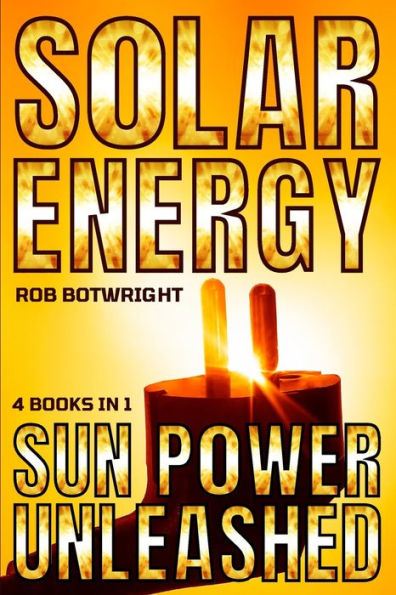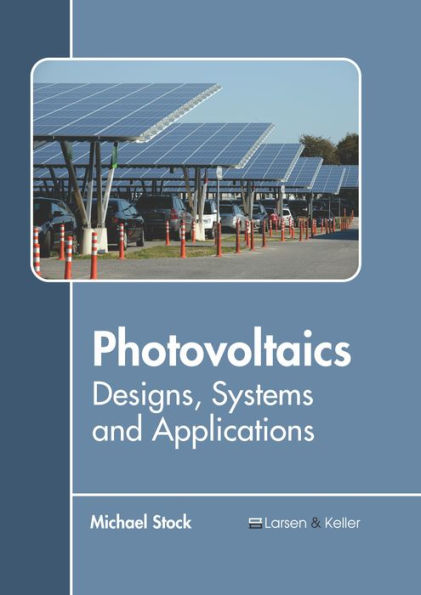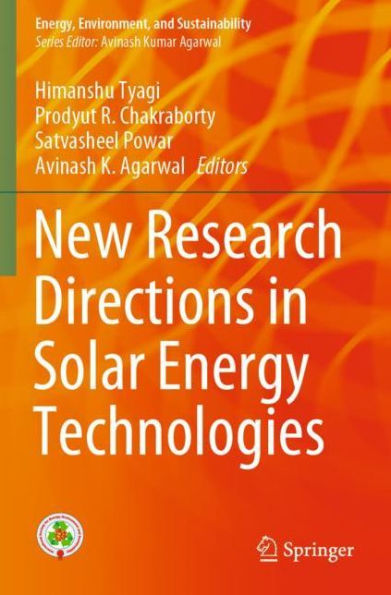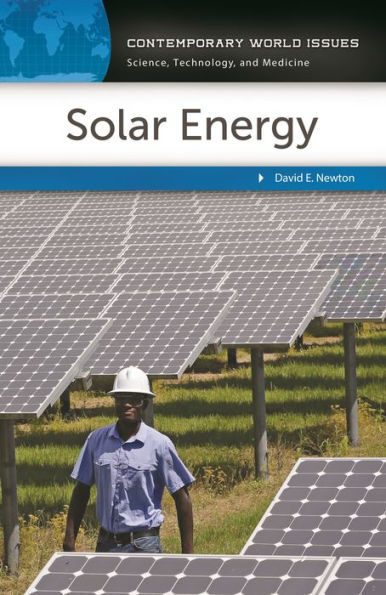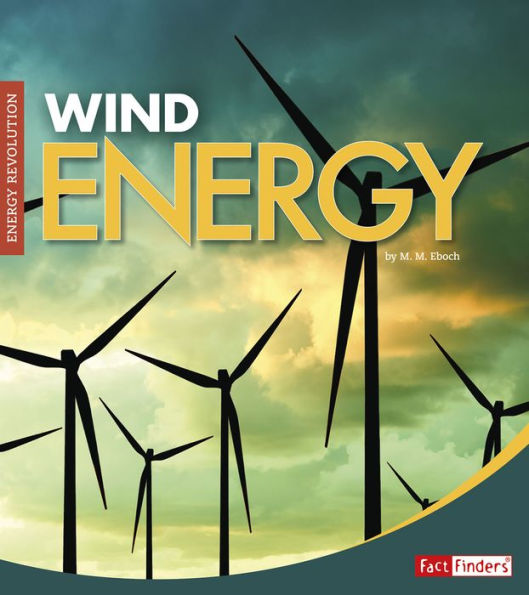Home
Solar Energy Applications
Loading Inventory...
Barnes and Noble
Solar Energy Applications
Current price: $129.00


Barnes and Noble
Solar Energy Applications
Current price: $129.00
Loading Inventory...
Size: OS
*Product Information may vary - to confirm product availability, pricing, and additional information please contact Barnes and Noble
Renewable Energy has emerged as an important source for energy and power generation from renewable resources, naturally replenished on a human timescale, such as sunlight, wind, rain, hydro including tides and waves, geothermal heat, and from traditional and modern biomass. Worldwide investments in renewable energy are surpassing expectations, significantly in Europe (Germany and Spain), the US, in Asia (China and India) and in Australia. Energy, and Power Generation Handbook: Established and Emerging Technologies, edited by K.R. Rao, and published by ASME Press in 2011 was a comprehensive reference work of 32 chapters authored by 53 expert contributors from around the world, with the authors drawn from different specialties, each an expert in the respective field and with several decades of professional expertise and scores of technical publications. Recognizing the need of treating Renewable Energy and Power Generation as a separate field ASME Press initiated “Renewable Energy Series” to address each entity of Renewable Energy in a separate book, revising pertinent chapters of the 2011 Handbook and bringing the coverage up-to-date. Thus, this book is the first in a series of renewable energy topical books and addresses SOLAR ENERGY APPLICATIONS to update chapters 1 through 6 of the 2011 Handbook in which Solar Energy was addressed. This book is meant to cover the technical discussions relating to solar energy source as well as why(s) and wherefore(s) of power generation. A unique aspect of this publication is the scholarly discussions and expert opinions expressed, enabling the reader to make “value judgments” regarding which solar energy technology is applicable for their purpose. This book has the end user in view from the very beginning to the end. The audience targeted by this publication not only includes libraries, universities for use in their curriculum, utilities, consultants, and regulators, but is also meant to include ASME’s global community. ASME’s strategic plan includes Energy Technology as a priority. This book could be of immense use to those looking be-yond the conventional discussions contained in similar books that provide the “cost benefit” rationale. Instead of picturing a static view, the contributors portray a futuristic perspective in their depictions, even considering the realities beyond the realm of socio-economic parameters to ramifications of the political climate. These discussions will captivate advocacy planners of global warming and energy conservation. University libraries, the “public-at-large,” economists looking for technological answers, practicing engineers who are looking for greener pastures in pursuing their professions, young engineers who are scrutinizing job alternatives, and engineers caught in a limited vision of energy and power generation will find this publication informative. Equally important is that all of the authors have cited from the public domain as well as textbook publications, handbooks, scholastic literature, and professional society publications, including ASME’s Technical Publications, in addition to their own professional experience, items that deal with renewable energy and non-renewable energy sources. Thus, ASME members across most of the Technical Divisions will find this book worth having.




